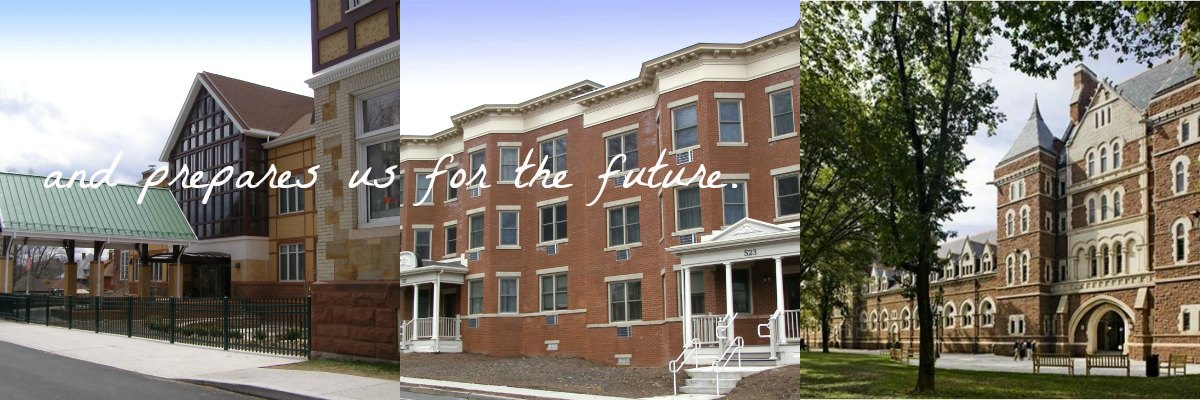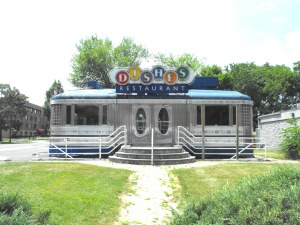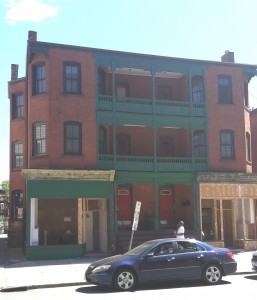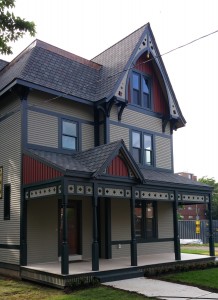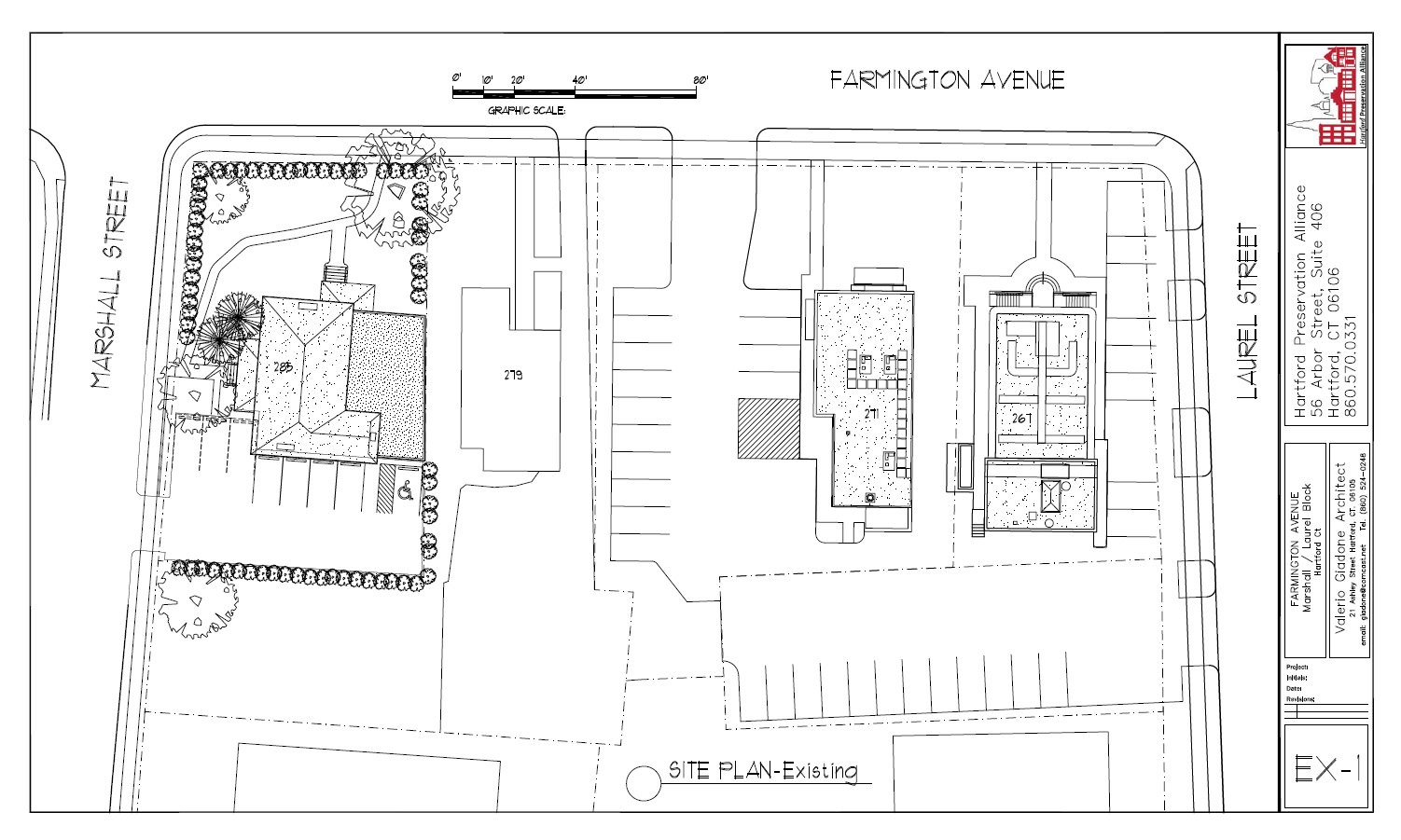 By surprise the Preservation Alliance was notified that an application had been filed to demolish the Comet Diner. An email was casually sent by Development Services with the agenda of Hartford’s Historic Preservation Commission’s August 17 hearing. We received the email at 4:30 on August 12. To our astonishment a request to demolish the Comet is on the agenda. Thus any form of public notice is given less than four business days in which to respond.
By surprise the Preservation Alliance was notified that an application had been filed to demolish the Comet Diner. An email was casually sent by Development Services with the agenda of Hartford’s Historic Preservation Commission’s August 17 hearing. We received the email at 4:30 on August 12. To our astonishment a request to demolish the Comet is on the agenda. Thus any form of public notice is given less than four business days in which to respond.
During the past two years the Preservation Alliance and the Hartford Business Improvement District (BID) have worked to create, along with a host of neighbors, stakeholders and the City of Hartford to forge a Comprehensive Community Action Plan to revitalize one of Hartford’s major commercial corridors Farmington Avenue. A signature strategy of the plan is to preserve an iconic diner, known for decades as a gathering spot, the Comet. Now vacant and abandoned this property is a keystone to renewed economic activity and is to be incorporated in a multi-use project involving residential, retail and commercial buildings. The centerpiece of the project will address six vacant and abandoned properties located along Farmington Avenue between Woodland and Sigourney Streets. This strategy has engaged the public and been well-publicized for the past year and a half. All efforts to renew and preserve hangs in the balance of a hearing which has yet to be made public, the notice of which was sent out discretely four business days ago by the City of Hartford.
I come from a city with a robust commitment to historic preservation. Nearly all communities in the city are defined by their historic names. In fact, property is marketed according to the historic designation and not by an address thus a house is known to be located in “Meridian-Kessler” for example. Therefore to establish a consistent procedure in a city with many historic districts any action to come before the historic commission automatically triggers a 60-day application period. The property owner is required to place yard sign advertising to alert the public that an application is pending on an historic building. The public is then invited to make an inquiry and request a copy of the application. Automatic public notice is served.
Hartford always talks about the great historic fabric which exists in all neighborhoods. We boast that there are roughly 5,300 historic structures in districts or individually listed. However there exist no procedures to make the public aware of any modification or removal of those structures of which we are proud. The application seems to be random; often the staff is pressured to get applications on the agenda as quickly as possible. In the case of the Comet an application is quietly made to demolish one of the signature historic structures in the city which much effort has been made to preserve and reuse. But for the vigilant efforts of the Hartford Preservation Alliance this item would have gone before the Historic Preservation Commission without public notice. For a city which embraces its historic past such a haphazard policy is unacceptable and needs to be addressed.
For more information on the proposed request to demolish The Comet, please visit our homepage.
[jetpack_subscription_form]





